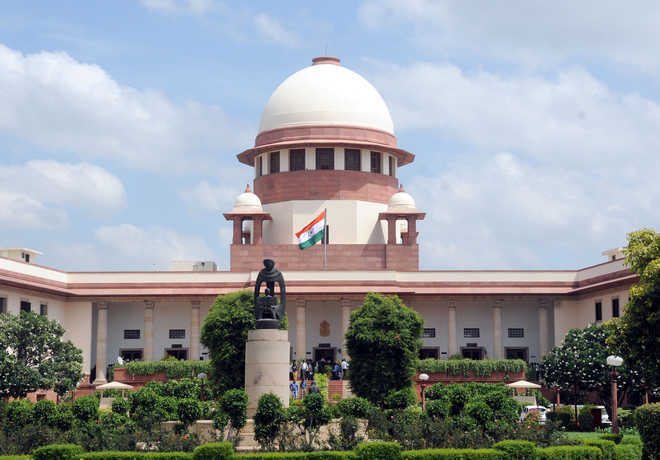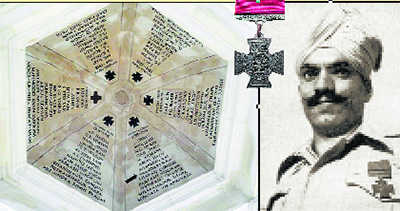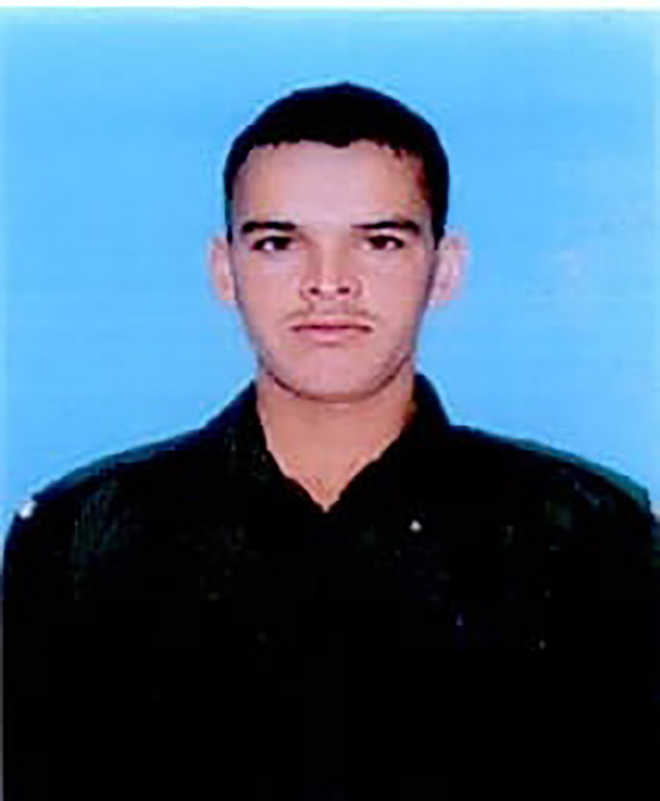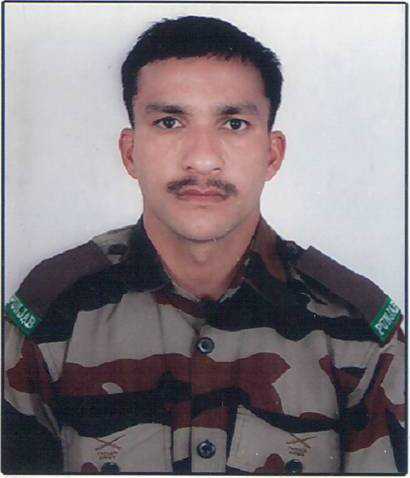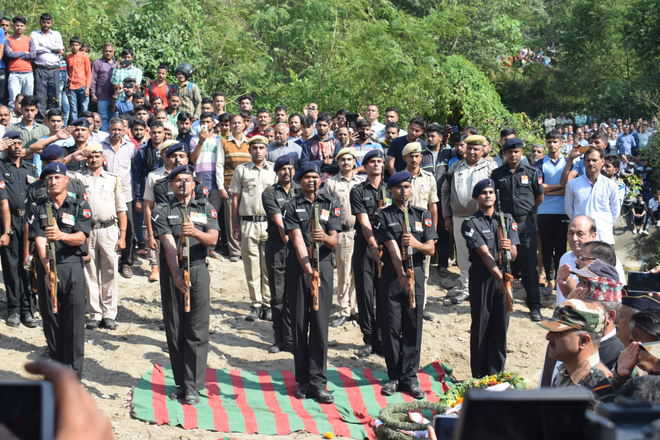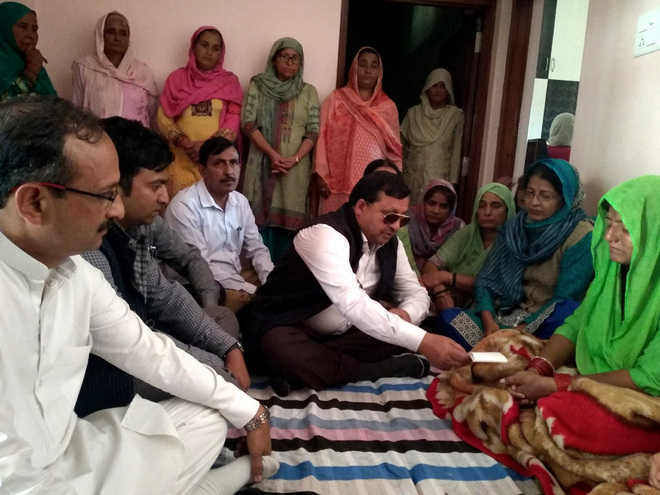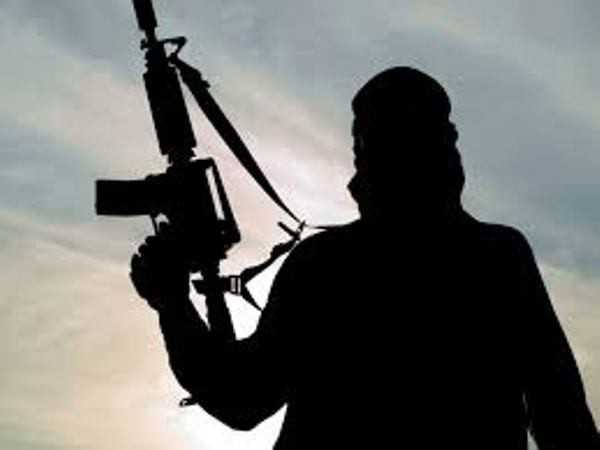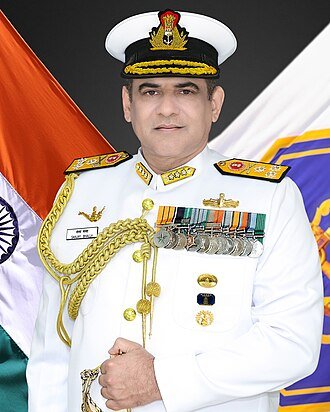Political parties desire populist, quick and ostensibly spectacular results with an eye on elections. But what the ruling party wants is not what the army leadership should do.

Here’s a sobering thought to reflect upon as India celebrates the anniversary of the ‘surgical strikes’ in which the Indian Army’s special forces (SF) stealthily crossed the Line of Control (LoC) and neutralised a handful of terrorists who would have otherwise infiltrated into Jammu and Kashmir: the more the government politicises the army by using its sacrifices to further its electoral objectives, the more it erodes the the army’s potency, and hence its deterrent value.
The tragic part of this celebratory charade is that the army leadership appears complicit in its own emasculation. It needs to be understood that armies are never politicised, they follow command. It is the army leadership that gets politicised with adverse implications for war preparedness. It is, therefore, a truism that armies are as good as its leadership. So when the army leadership decides to support what the ruling political party wants, its missions – militarily – make less sense. For instance, army chief General Bipin Rawat’s recent call for another surgical strike was not his business; it is prerogative of the political leadership. He should worry about genuine strikes pivoted on preparedness, should the need arise.
Political parties desire populist, quick and ostensibly spectacular results with an eye on elections. But what the ruling party wants is not what the army leadership should do. Otherwise, (a) it demoralises its command since military outcomes are not what they should be, (b) the emphasis shifts away from modernisation, which is a sustained long-term goal, and (c) training for war takes a back-seat. The command ultimately loses respect for its leadership, leading to command break-down. Military leaders, therefore, should question and not blindly acquiesce to political opportunism.
Militarily, the September 29, 2016 strikes made little sense for three reasons. One, surgical strikes are the prerogative of the air force; the army, at best, conducts raids and hot pursuit. Surgical strikes – meant to influence the political and war-fighting levels by its shock and awe effect – are undertaken by the air force after certain preparations to contain a probable escalation. These include using aircraft to jam the enemy’s communication systems, and, by activation of own air defence capabilities, to cater for retaliation by the opposing air force. Given their its strategic effects, surgical strikes are always done by nations with political will and military preparedness. For example, after the 26/11 terror attacks in Mumbai, the Indian Air Force had suggested surgical strikes without crossing the Line of Control to the then government. After mulling for a few days, the government had rejected the suggestion.
Two, the strikes done by the army were not even raids, since they are done against legitimate military targets (in this case, the Pakistan Army) to minimise collateral damage. They were not even hot pursuit, which as the term denotes, is about chasing the enemy back into its own territory. They were what the then foreign secretary S. Jaishankar called them: “Target-specific, counter-terrorist operations (CI ops) across the Line of Control which the army had done in the past too, but this is the first time the government has gone public about it.” He said this to the Parliament Committee on Foreign Affairs.
Three, genuine strikes of this nature are always denied to keep the enemy in strategic suspense about the next move. In this case, India first informed Pakistan and then publicly declared that no more strikes were planned and that the mission was over. It was extraordinary for the army to admit operations by the Special Forces and to announce that there “were no plans for further continuation.” By doing so, India conceded its unpreparedness for – let alone war – even heightened tactical level engagements for fear of an escalation. The strikes were evidently not meant to be an army mission but a political one to create a perception of a first-of-its-kind spectacular operation.
The idea of surgical strikes came from the raids done by the Indian Army in Myanmar in June 2015 which had boosted Modi’s ‘macho’ image. This was confirmed by the then defence minister Manohar Parrikar, who said the preparations for the surgical strikes (in Pakistan occupied Kashmir) started 15 months ago when specialised equipment for SF was purchased from abroad.
On June 4, 2015, the Myanmar-based NSCN-K had ambushed an Indian Army convoy, killing 18 soldiers. The then 3 corps commander, Lieutenant General Bipin Rawat, after clearance from the Prime Minister’s office (PMO) and with support from the IAF (helicopters were kept on stand-by for extrication of Special Forces), conducted raids by SF at two militant sites inside Myanmar on June 10, killing around 100 terrorists. As the government of India publicly celebrated the successful raids inside Myanmar, projecting them as evidence of the Prime Minister’s political will and determination, the Myanmar Army decided to not react, even though the government mildly protested the violation of its sovereignty.

The Myanmar raids emboldened the Indian government to replicate the same model on the Pakistan border with better preparation and thought. This could be the perfect face-saver for the Modi government, which, given the unabated proxy war by Pakistan and the ever-increasing casualties, was having difficulty in maintaining its ‘tough’ image. Since Lieutenant General Rawat had demonstrated his expertise by planning and executing the Myanmar raids, and given his extraordinarily long innings in Kashmir doing counter-insurgency operations (CI ops), he had to be brought to the South Block, perhaps as the vice-chief of army staff (VCOAS) once the incumbent Lieutenant General M.M.S. Rai superannuated on July 31, 2016. This happened on September 1, with the post of VCOAS being vacant for a full month.
The opportunity to do a Myanmar on Pakistan came when terrorists struck at the army camp in Uri on September 18, 2016, killing 19 soldiers. Given the heightened sense of nationalism drummed up by the BJP, and with the coming elections in Uttar Pradesh, the government needed to showcase its muscularity against Pakistan without inviting war. The die was thus cast for the politically driven surgical strikes. Vice-chief Lieutenant General Rawat and northern army commander Lieutenant General D.S. Hooda were the key operational planners, while the Prime Minister, defence minister and the national security adviser were kept in the loop. Army chief General Dalbir Singh made notional, rather than any real, contribution to the task at hand.
Given the involvement of India’s topmost political and army leadership, two concerns were paramount: Pakistan should not retaliate, and no Indian soldier should be caught alive behind enemy lines since it would unravel the real plot. This necessitated extremely shallow penetrations on the Line of Control from where extrication was possible; not attacking Pakistan Army’s posts; finishing tactical-level operations as soon as possible; and informing the Pakistan Army soonest of what had been done in order to ensure that they did not commence counter attacks with troops-in-hand or troops’ build-up for an escalation. In short, pretend to do a major operation with minimal risks.
The military aim, as the director general military operations, Lieutenant General Ranbir Singh said in his official briefing, was to target “terrorist launch pads along the Line of Control”. Mind you, he said ‘along’ and not inside the LoC. With these instructions, SF assisted by local commandos (Ghatak platoons) for guidance and flank protection walked/ crawled up stealthily to seven terrorist launch-pads (which are temporary camps) situated about 700 metres (terrorist launch pads have since been moved in depth under direct protection of Pakistani posts) inside the LoC. The SF did to the terrorists what they had done to Indian soldiers in Uri base camp: they were attacked while asleep. While the exact casualty figures are anyone’s guess since no damage assessment means were employed (for fear of escalation), the big relief (admitted by Manohar Parrikar and Northern army commander, Lt Gen. D. S. Hooda) was the safe return of Indian soldiers.
It was time to draw political mileage by perception management. The electronic media went hysterical with buffoonery showing graphics of soldiers para-dropping on Pakistani soil, and by wargaming military balance of India and Pakistan. They have been willy-nilly assisted by chosen generals. According to Lieutenant General Hooda, “The surgical strikes in some way shattered the glass ceiling. The Special Forces have gained tremendous confidence in their ability to execute a complex operation in very hostile territory.” He said on another occasion, “We proved that we were capable of crossing the heavily guarded Line of Control and strike at multiple points.”
To recall, in the 90s, well before the Indian Army erected the Maginot Line (which represents a defensive mindset) in the form of the fence on the LoC in July 2004, regular army commandos rather than Special Forces, used to frequently breach the so-called glass ceiling. Raids (which are much more than targeting terrorists) on Pakistani posts, killing of its soldiers by surprise attacks and artillery firing were so commonplace that long silence by one side was reason for the other to worry. Moreover, except from 2005 to 2007, when back-channel talks were going on between India and Pakistan, cross-LoC raids were commonplace, and officers were commended for bravery. All this was, of course, done away from the media glare since that is the nature of covert actions.
The opposite seems to be happening at present. After the recent mutilation of a Border Security Force soldier’s body by terrorists, the army chief said, “We need to take stern action to avenge the barbarism that terrorists and the Pakistan Army have been carrying out.” But he did not explain how this would be done. One cannot help but recall wistfully how another chief at another time had chosen to focus on war preparedness instead of allowing him to be used for political sabre-rattling.
At the height of the refugee influx into India from East Pakistan in March 1971, Prime Minister Indira Gandhi had, in the presence of senior cabinet members, told General Sam Manekshaw that training the Mukti Bahini would not be enough and that it was time to use force. He refused. While offering to resign, the army chief (who was also the chairman, Chiefs of Staff Committee) told the disbelieving Prime Minister that he needed six months of war-preparedness and opportune timing for victory. The rest is history.
In terms of military decorations, General Manekshaw was a mere Military Cross. General Rawat is bursting with decorations from UYSM, AVSM, YSM to SM and VSM. Can General Rawat tell Prime Minister Modi that his army needs to give-up CI ops (which, after 28 years, are giving diminishing results) and focus on war-preparedness to deter Pakistan’s proxy war?
The writer is editor, Force newsmagazine.
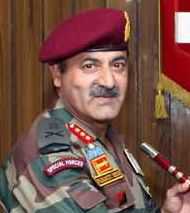









 HT PHOTO
HT PHOTO


